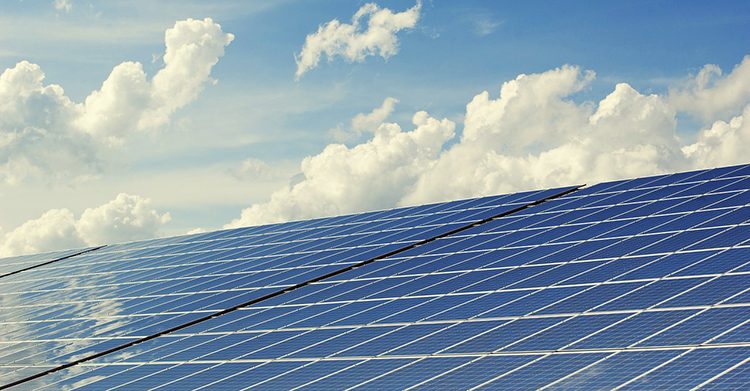Bilateral PPAs: the rising stars on the PV sky
There is a variety of ways to invest in, make use of and benefit from renewable energies. An up-and-coming option are bilateral PPAs: power-purchase agreements that allow a consumer to buy and use power from a project developed by a third party. We have looked at bilateral PPAs from all angles.
The power-purchase agreement (PPA) is a popular alternative to net metering for consumers that wish to go solar. Utility-scale, commercial and industrial (C&I) and residential solar projects often choose this model where electricity is bought from solar projects developed by third parties.
Popular solution in the United States
This model has often been chosen by U.S. based companies. GTM Research reports that over 1 GW (DC) of all solar installed in 2016 (and therefore corresponding to 8% of the total non-residential solar market) was contracted either under bilateral PPAs or through “green tariff programs“, in which case utilities acquire renewable energy on behalf of their customers. Another 1,9 GW (DC) of projects are currently being developed, creating a rosy future for this model.
The same solution is popular for wind energy as well: in 2016, over 2 GW of bilateral corporate wind and solar PPAs were signed in the Americas and 4 GW worldwide. Amazon, Google and Microsoft are the major players in this, procuring over 1,4 GW among them.
Various reasons for this model’s success
There is a variety of reasons for the popularity of this solution. First of all, according to GTM, “the risk premium is going down in their eyes“. Furthermore, there is no requirement for the installations to be on the company’s grounds. Hence they can be mounted to the ground elsewhere instead of on the company’s rooftop – in most cases, a much cheaper solution. Lastly, and probably most importantly, the company is not responsible for financing, owning and maintaining the project, but simply obtains the power.
Regardless of their success, bilateral PPAs do, however, depend on the enabling policies, which differ from state to state.
Positive global development
The success of bilateral PPAs is not taking place in the U.S. alone. Contracts for over 1 GW of wind and solar were signed in Europe in 2016, mostly in Norway, Sweden and the UK. As a result, PPAs more than doubled last year outside the Americas.
One very remarkable development took place in Mexico, where corporate PPAs worth several hundred MW of solar were recently announced, adding to the already existing over 2 GW of wind. The decline of solar prices and a new energy reform, pushing consumers towards green energy, is also acting in favor of renewable energies. While an increase in interest rates is taking its toll at the same time, the sector still emerges mature and stable.
Good choice for communities
PPAs are a good and popular choice for communities, enabling citizens without the necessary space for private installations to access renewable energy. However, as community solar farms are not limited to residential customers, companies are rather often among the clients.
Kicking out the third party
Usually, bilateral PPAs involve a utility as a third party. However, in some cases, companies are unhappy with the cooperation and wish to cut out the unwanted third partner by leaving the utility. In order to allow this, most utilities will charge a hefty fee, making the option worth reconsidering.
Some companies, like Google and Apple, have found another way: they buy and sell renewable power as their own independent power producers.
Tax-related challenges
In the United States, President Trump has announced plans to lower the corporate income tax from 35% to 15%, which will “lower the amount of available tax equity financing for developers to monetize the 30% investment tax credit, which could jeopardize funding for a range of renewable energy projects“, or so pv magazine believes. Experts think that this approach might slow down promising projects, affecting the C&I sector more than utility-scale solar. The approach might also push smaller companies into community solar, even if they cannot finance long-term contracts.
Promising future for bilateral PPAs
Even with upcoming financing challenges, the constantly falling costs for solar mean that corporate customers are likely to continue deciding for solar, with ways that may or may not include utilities. Meanwhile, business models might become more sophisticated, as Bloomberg New Energy Finance observes a strong growth among green tariff programs. GTM Research believes in a positive and environmentally friendly future as well, claiming that bilateral PPAs are only one of “many new innovative mchanisms“.





